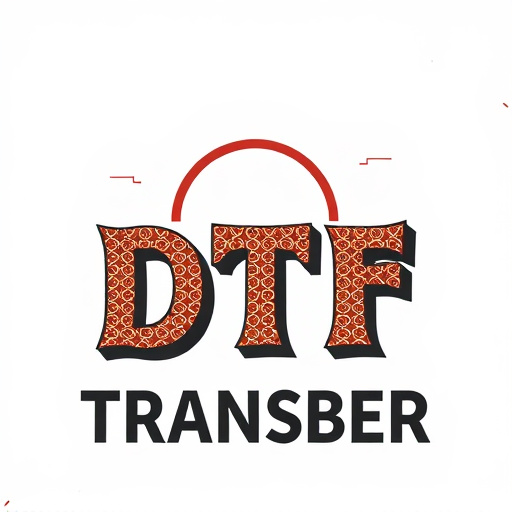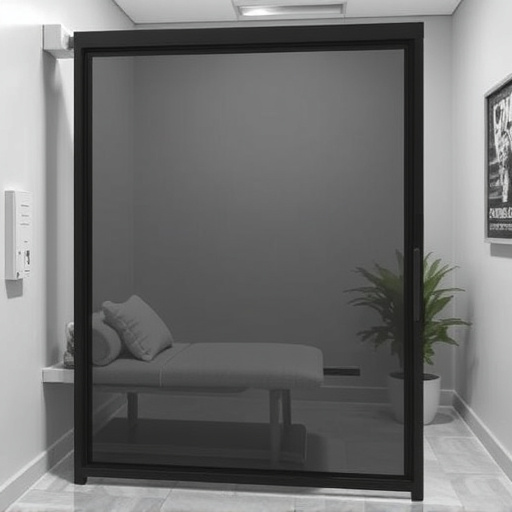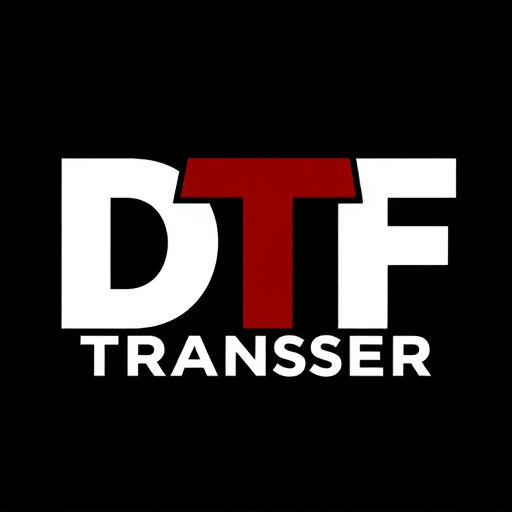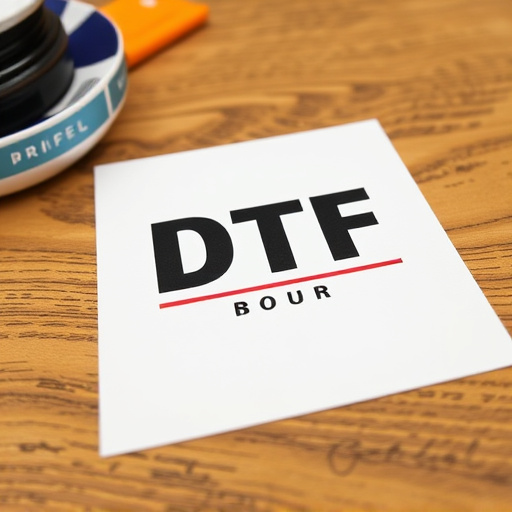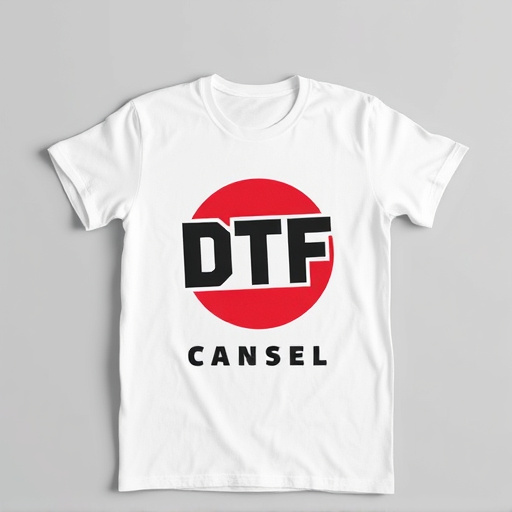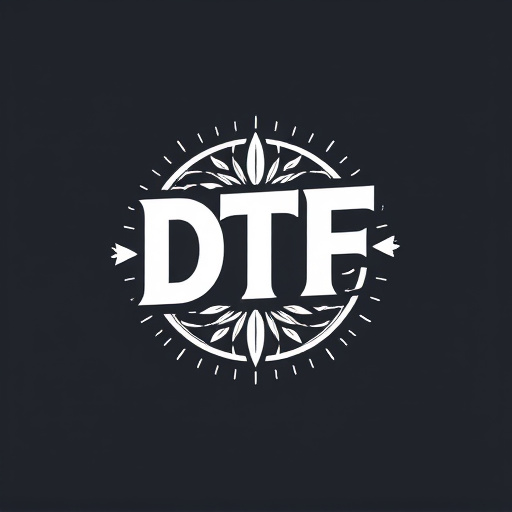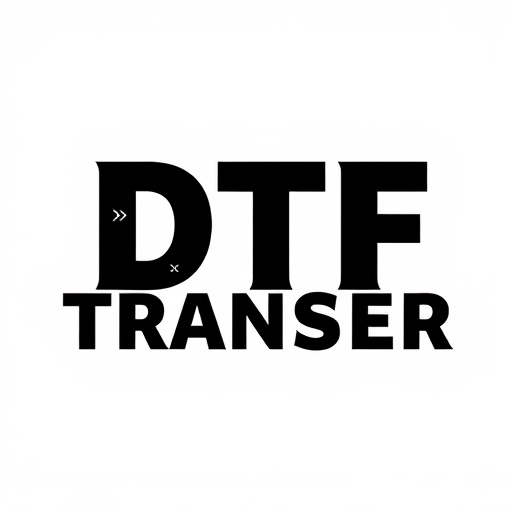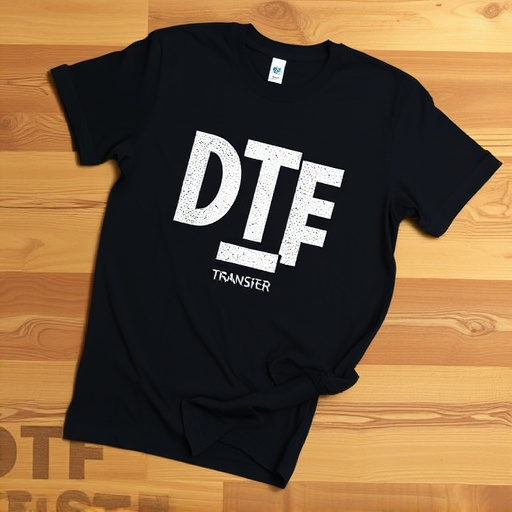Direct-to-Film (DTF) printing is a cutting-edge technology for transferring designs onto various materials swiftly and accurately. It offers significant advantages over traditional methods, including faster production times, superior detail replication, and cost savings. Ideal for businesses and artisans needing quick, high-quality runs, DTF enables personalized gifts, small-batch merchandise, and unique decorations. Quick-ship options further enhance its benefits, allowing efficient inventory management, reduced waste, and rapid market responsiveness. However, turnaround times are influenced by design complexity, order size, material type, and environmental factors. Choosing a reliable supplier specializing in rush orders is crucial for meeting urgent deadlines. Best practices include optimized print profiles, pre-cutting designs, using high-resolution vector graphics, and maintaining an organized workspace to maximize DTF transfer speed.
“In today’s fast-paced world, quick turnaround times are paramount, especially in the realm of direct-to-film (DTF) transfers. This article delves into the efficient world of DTF printing, exploring its benefits for urgent orders. We’ll uncover how these innovative transfers can significantly reduce production time while maintaining superior print quality. From understanding the fundamentals of DTF to choosing the right supplier and optimizing speed, we provide a comprehensive guide for those seeking swift and reliable DTF prints.”
- Understanding Direct-to-Film (DTF) Transfers: A Quick Overview
- The Benefits of Quick-Ship DTF Transfer Options
- How DTF Printing Works: Unlocking Efficient Production
- Factors Affecting Turnaround Time for DTF Orders
- Choosing the Right DTF Supplier for Urgent Needs
- Best Practices for Optimizing DTF Transfer Speed
Understanding Direct-to-Film (DTF) Transfers: A Quick Overview
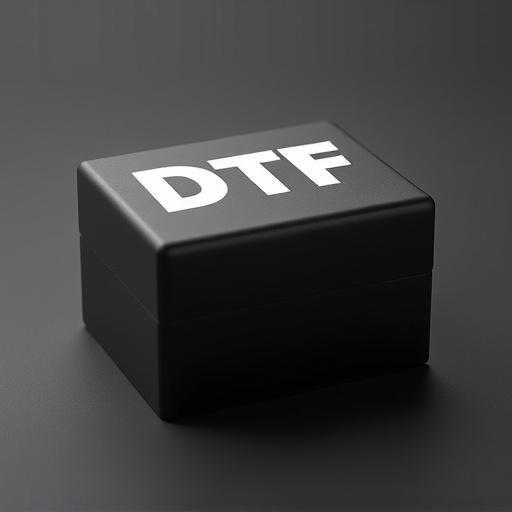
Direct-to-Film (DTF) transfers are a cutting-edge printing technology that allows for the direct application of designs onto various surfaces, including ceramics, glass, metal, and more. This innovative process eliminates the need for intermediate steps like film or plate preparation, making it significantly faster than traditional printing methods. With DTF, designers can simply upload their digital art, choose specific materials, and then watch as their creations are precisely transferred onto the desired substrate.
DTF Printing offers unparalleled precision, ensuring that intricate details and fine lines are accurately replicated. This technology is particularly advantageous for businesses and artisans who require quick turnaround times without compromising on quality. Whether it’s creating personalized gifts, producing small batches of merchandise, or crafting unique decorative items, DTF transfers provide an efficient and versatile solution, catering to the modern demand for swift yet high-quality production.
The Benefits of Quick-Ship DTF Transfer Options
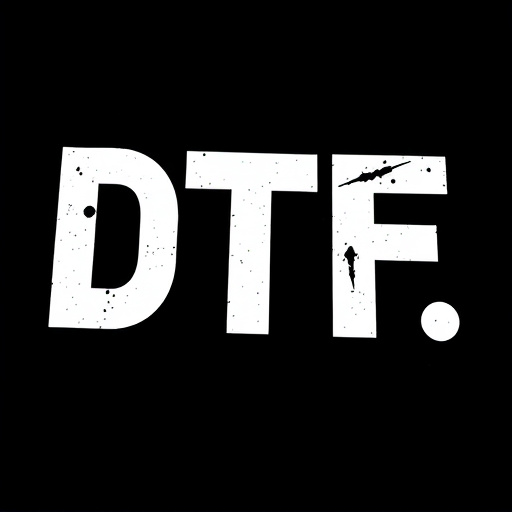
Quick-ship options for direct-to-film (DTF) transfer orders offer a host of benefits for businesses and individuals looking to streamline their printing processes. By leveraging specialized DTF transfer technologies, companies can significantly reduce turnaround times compared to traditional printing methods. This is particularly advantageous for time-sensitive projects or when responding to urgent client demands.
Moreover, DTF Printing provides exceptional quality and precision in producing custom designs, text, and graphics on a variety of materials. The ability to quickly generate DTF prints means businesses can maintain efficient inventory management, minimize storage costs, and ensure fresh, up-to-date products. This agility is especially valuable in dynamic markets where trends evolve swiftly, allowing companies to stay ahead and cater to diverse customer preferences with rapid responsiveness.
How DTF Printing Works: Unlocking Efficient Production
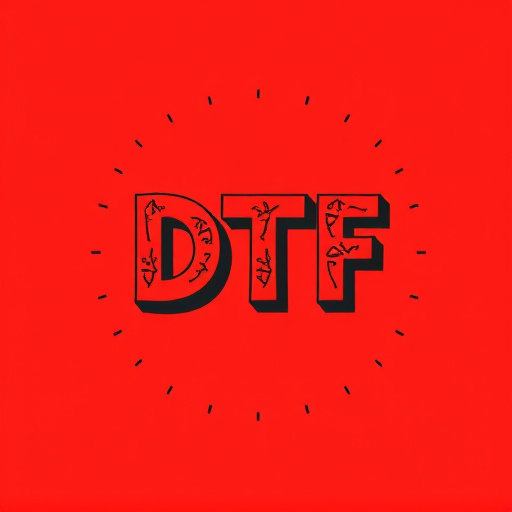
Direct-to-film (DTF) printing is a game-changer in the world of print production, especially for direct-to-film transfer orders. This innovative technology streamlines the process by eliminating the need for traditional film positives and negatives. Instead, DTF printers use specialized inkjet printers to apply designs directly onto clear film, which can then be transferred onto various materials like fabric, wood, or metal.
The efficiency of DTF Printing lies in its ability to produce high-quality prints quickly and cost-effectively. With digital design files as the input, the process is entirely automated, from printing to cutting. This not only reduces production time but also minimizes waste, making it an eco-friendly option. DTF Transfer orders benefit from precise color reproduction and sharp detail, ensuring that each print meets high standards.
Factors Affecting Turnaround Time for DTF Orders
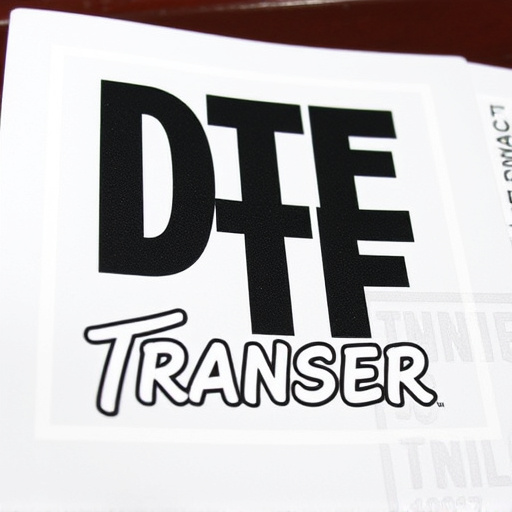
Several factors significantly influence the turnaround time for Direct-to-Film (DTF) transfer orders, which are crucial for customers expecting swift delivery of their custom prints. Firstly, the complexity of the design plays a pivotal role; intricate or detailed graphics may require more processing time compared to simple, solid-color images. The size of the order is another critical aspect; larger batches tend to have longer turnaround times due to the need for more setup and handling.
Moreover, the type of material being printed affects speed. Different materials have varying compatibility with DTF printing technology, leading to potential delays in processing if the chosen material poses technical challenges. Environmental conditions, such as temperature and humidity, can also impact turnaround time, as optimal conditions are essential for efficient printing and drying processes.
Choosing the Right DTF Supplier for Urgent Needs
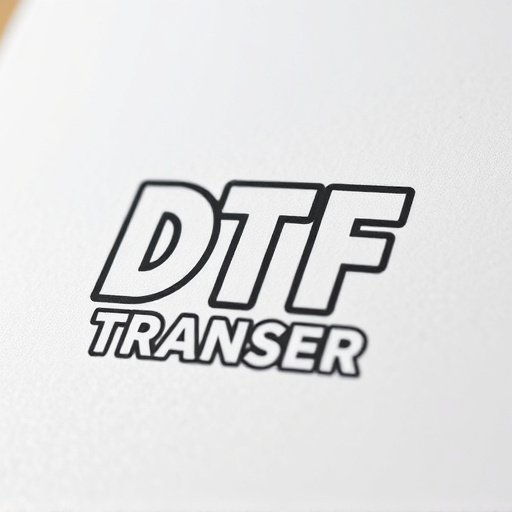
When time is of the essence, selecting the right supplier for your direct-to-film (DTF) transfer orders is paramount. Look for providers who specialize in quick-ship options, ensuring they have robust logistics and efficient production processes to meet urgent needs. Verifying their capacity to handle rush orders, including DTF printing and production times, is crucial.
Reputation and reliability are key factors. Check reviews and testimonials from past clients to gauge their performance in fulfilling time-sensitive requests. A supplier with a proven track record of delivering high-quality DTF prints promptly will be your best bet for ensuring your orders arrive on time, every time.
Best Practices for Optimizing DTF Transfer Speed
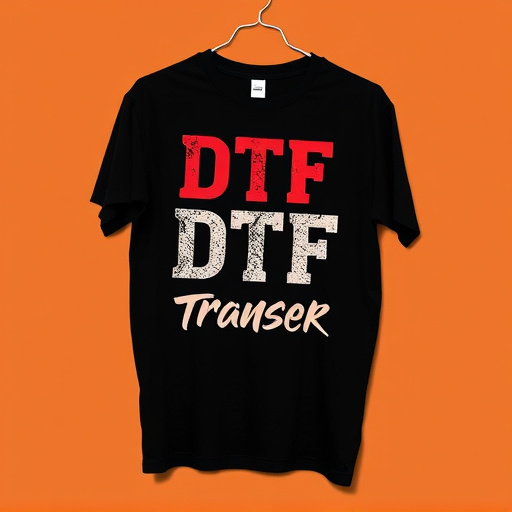
When optimizing Direct-to-Film (DTF) transfer speed, best practices involve several strategic steps. First, ensuring your print profiles are accurately calibrated and up-to-date for the specific DTF printer and materials is key. Regularly testing and fine-tuning these profiles can significantly reduce setup times and improve overall efficiency. Additionally, pre-cutting or pre-weeding designs before printing can expedite the process by minimizing ink exposure and drying time.
Another effective strategy is to prioritize file organization and format compatibility. Using high-resolution vector graphics in formats like SVG or DXF ensures smooth transfer to the DTF film. Keeping files well-structured and named allows for quick identification and loading, reducing delays during production. Furthermore, maintaining a clean workspace and keeping consumables like films and inks readily available can streamline the workflow, enabling faster turnaround times for DTF prints.
